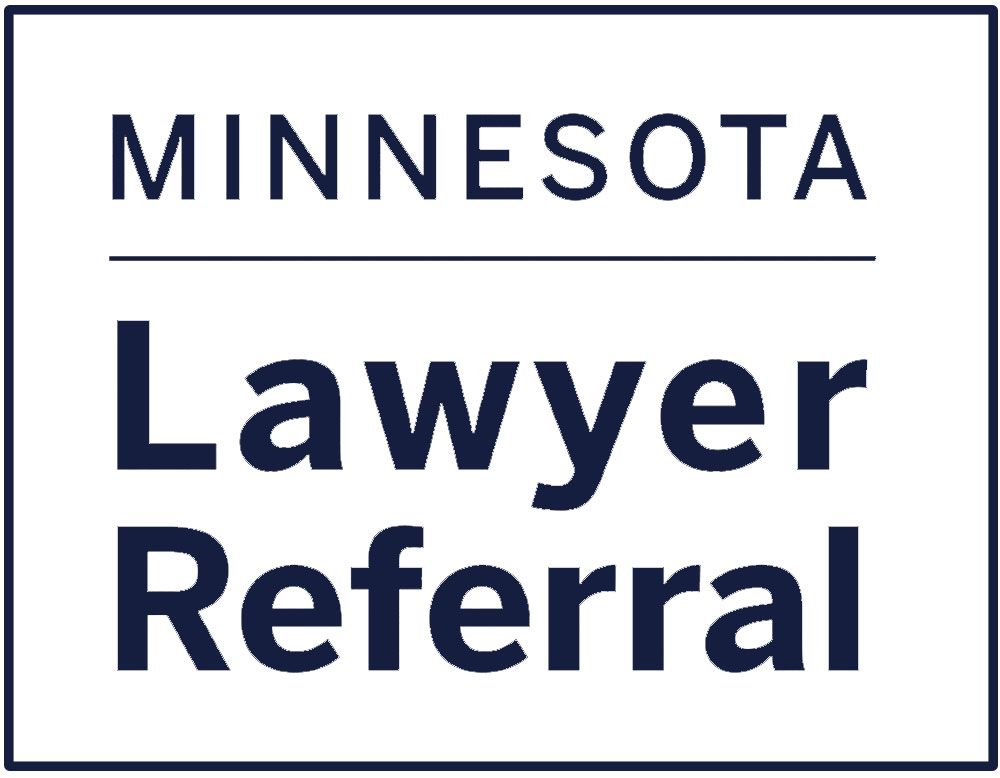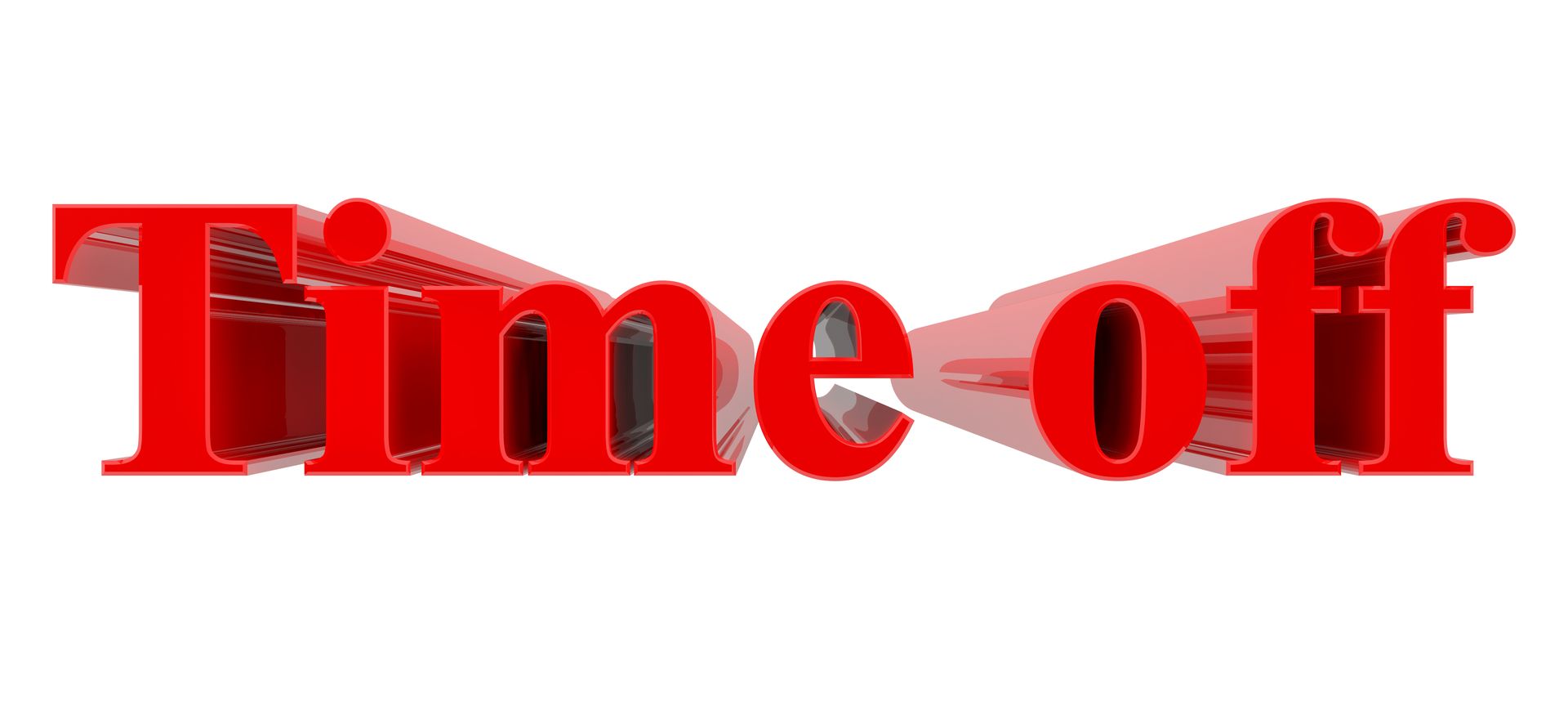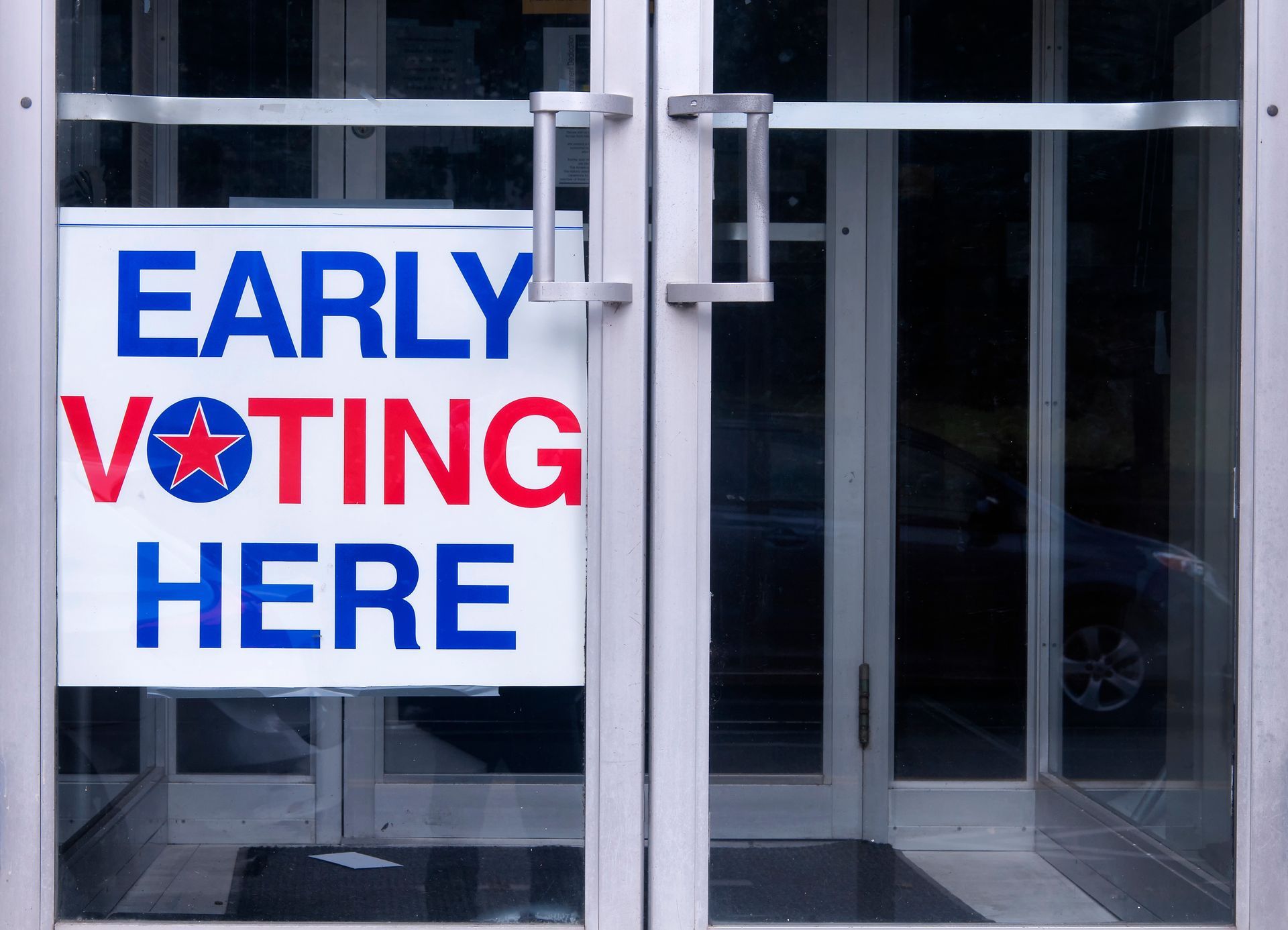
Minnesota, known for its commitment to diversity and inclusion, is confronting a pervasive issue that has long been a silent hurdle for many individuals – hair discrimination. The state, recognizing the profound impact of this form of discrimination, is taking steps to address it within the employment law framework.
Understanding Hair Discrimination
Hair discrimination, often rooted in cultural and racial bias, refers to the unfair treatment of individuals based on their natural hair texture, style or protective hairstyles such as braids, twists and locs. This form of discrimination disproportionately affects people of color, particularly those with Afro-textured hair, who may face challenges in conforming to Eurocentric standards of appearance which is prevalent in many professional environments.
Minnesota’s Commitment to Diversity
Minnesota has a longstanding commitment to diversity and inclusivity, reflected in its robust anti-discrimination laws. However, the state recognizes that existing statutes need to adapt to the evolving understanding of discrimination, including the subtle yet impactful issue of hair discrimination. That’s why the state legislature passed the Creating a Respectful and Open World for Natural Hair (CROWN) Act, which was signed into law by Governor Tim Walz on February 1, 2023.
The Impact on Employment
Hair discrimination can have profound effects on employment, creating barriers for individuals who may be qualified and talented but face bias based on their natural hair or chosen hairstyles. For instance, individuals with Afro-textured hair or protective styles may be unfairly judged as unprofessional or unkempt, leading to biased hiring practices, denial of promotions or even termination.
Minnesota’s Anti-Discrimination Laws
Minnesota’s anti-discrimination laws, particularly those related to employment, have been pivotal in promoting a fair and inclusive work environment. The Minnesota Human Rights Act (MHRA) prohibits discrimination based on race, color, national origin and other protected characteristics. The CROWN Act added explicit protections for natural hairstyles and textures to the existing protections.
The CROWN Act
The CROWN Act isn’t unique to Minnesota. A movement for its widespread adoption into state laws has gained momentum across the United States. The act seeks to prohibit discrimination based on natural and protective hairstyles, recognizing the cultural and historical significance of such styles.
Employer Responsibilities and Best Practices
Even before the hair-specific legal protections were adopted, employers in Minnesota still had a responsibility to foster an inclusive workplace free from discrimination. Implementing best practices that embrace diversity and cultural awareness is essential in every workplace. This includes promoting education on different hair types and styles, having open conversations about diversity and actively addressing and stopping instances of hair discrimination.
Educational Initiatives
Minnesota is taking proactive measures to educate both employers and employees about the cultural significance of diverse hairstyles. Training programs and workshops are being developed to raise awareness about unconscious biases and stereotypes related to hair. By fostering understanding, Minnesota aims to create workplaces where individuals are accepted and valued for their authentic selves.
Inclusivity in the Workplace
In the journey toward inclusivity, businesses and organizations in Minnesota are taking a stand against hair discrimination. Some companies have implemented inclusive dress code policies explicitly stating that natural and protective hairstyles are accepted in the workplace. This shift reflects a broader recognition of the importance of diversity and the commitment to fostering a workplace that embraces individuality.
The Role of Advocacy Groups
Advocacy groups within Minnesota are playing a crucial role in pushing for legislative changes to address hair discrimination. These groups are actively engaging with lawmakers, organizing awareness campaigns and providing resources to individuals who have experienced discrimination. By amplifying the voices of those affected, these groups contribute to a collective effort to eradicate hair discrimination in the state.
Trust Minnesota Lawyer Referral to Pair You With a Top-Level Attorney for Your Case
As Minnesota navigates hair discrimination within the context of employment, it stands at the forefront of a movement to redefine workplace standards. The commitment to inclusivity and diversity is not just a legal obligation but a reflection of the state’s values. As the state continues to evolve, the hope is for a future where hair discrimination is a thing of the past, and workplaces celebrate the diversity of their employees.
If you are someone facing hair discrimination or any other type of discrimination in your Minneapolis–St. Paul area workplace, the Minnesota Lawyer Referral and Information Service (MNLRIS) is here to help pair you with a committed civil rights legal professional for your case.
Get in touch today by calling (612) 752-6699 or contact us on our website for guaranteed access to accomplished attorneys devoted to addressing your specific case.




